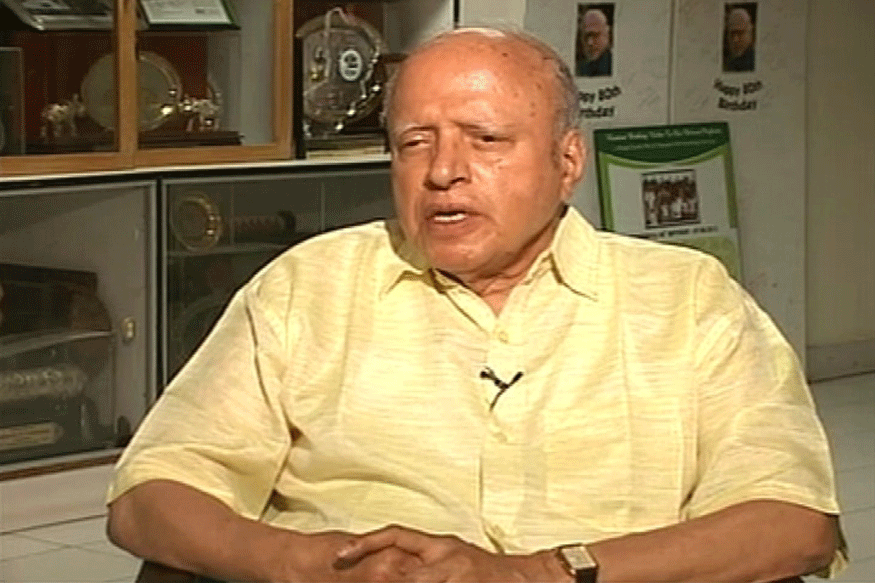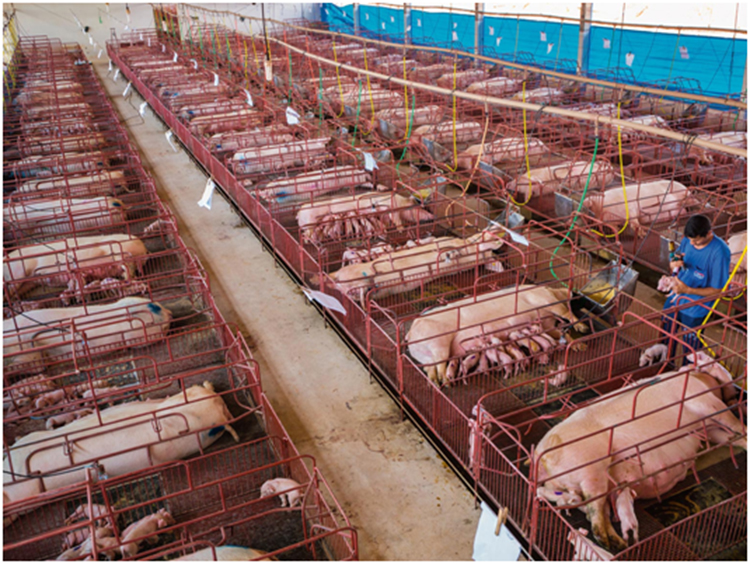
The green revolution has been widely discussed and its different aspects have been highlighted by various observers according to their own understanding of emphasis and priorities. To this writer the essence of the green revolution seems to lie in the following tendencies, all the more significant because these seem to be shared by technological changes in other sectors of rural development spread by the same forces.
Firstly, the green revolution seeks to draw, for better or for worse may be debated later, the peasantry of even very remote rural areas into the pressures and influences of the international market. As long as the farmer continued to grow his traditional varieties with very meager or even nil quantities of agrochemicals, diesel or machinery, he was least affected by what happened in the oil, fertilizer and other related industries of the world, or of the relation of the domestic industry producing these inputs to the industry of other countries, but now all this suddenly became quite important for millions of farmers in the form of the price and availability of fertilizers, pesticides, diesel, tractors etc.
Secondly the propaganda on behalf of the green revolution emphasizes its suitability for small farmers and in a technological sense there is nothing to stop a farmer from growing the new seeds. Seen in the reality of Indian rural conditions and indeed in the conditions of many other countries-the new seeds requiring expensive inputs in large amounts are most likely to trap the low-resource, poor farmer in a debt trap, while those endowed with a good resource base in rural areas are able to take advantage of the several new opportunities, not necessarily in agriculture but more likely in trade or ‘agri business’ – which the green revolution seeds and their related inputs bring.
A related issue is the very narrow way in which the green revolution concerns itself with the basic problem of hunger. In Indian conditions it was evident that to effectively tackle the problem of hunger food production should not just grow but grow specifically on the fields of the poorest farmers in backward areas. On the other hand by emphasizing concentration of resources in the already well endowed regions and at least initially on the better-off farmers the green revolution follows an opposite pattern. By so doing it makes it possible to collect a lot of ‘marketable surplus’ of grain from a relatively small area to enhance the government’s stocks of grain which, however, by itself cannot ensure that this food reaches the hungry. Thus the green revolution takes a cynical view of the pain of hunger – flaunting grain stocks and asking where is the problem, while doing nothing effective to really increase the ability of the hungry people to eat better.
Lastly it should be pointed out that the green revolution strategy has been promoted and supported at various levels by the foundations and aid organizations based in western countries, as also the multilateral aid organizations in which these countries are dominant.
If these are accepted as some of the most important features of the green revolution, however, the technological changes in other areas of rural development-dairy-development, fisheries and forestry for instance can be seen as exhibiting much the same tendencies.
In the case of dairy development the increasing scale of milk product imports and the setting up of dairy infrastructure based on this, the increased dependence of several towns and cities on imported milk products and the dependence on milk product imports to keep running a cost-heavy dairy infrastructure – all these linked up dairy producers in remote parts of the country to the dairy sector of the EEC countries during Operation Flood Project. The dairy development strategy of this project put more emphasis on the technology of crossbreed cows which is better suited for more resourceful dairy farmers. By emphasizing the availability of plenty of milk and milk products in cities for those who have the purchasing power for this, the ‘white revolution’ also adopts a cynical attitude towards the problem of malnutrition, being concerned with only the product and not who gets it. Lastly, this dairy development strategy and its showpiece the Operation Flood project have clearly been supported and promoted by western (or western dominated) aid-giving agencies.
In the area of forestry, massive aid for forestry projects has been accompanied by increased orientation of forestry officials towards forestry practices and policies to predominantly satisfy the need of industries. Emphasis on supporting the growth of mainly those species which industry finds useful, at the expense of the trees needed by tribals and other villagers, has played havoc with their lives and specially with their access to free food available in forests (which was specially useful in lean agricultural season and in drought years).
In the area of marine fisheries also the fisher folk communities of coastal areas have become linked to international fisheries scene based on factors like the size and price of marine exports and the import and charter of trawlers. Rising exports of fish have been accompanied by declining local per capita availability of this staple protein. And the quest for boosting exports has disrupted the livelihood of poor fishermen, impoverishing them while enriching the resourceful late entrants to marine fisheries.
This extension of the important features of green revolution, as also the thinking underlying this technological change in agriculture, to other areas of rural development may be called the greater green revolution.
Hence following the commonly used description of green revolution in the context of agriculture, the greater green revolution may be defined as the extension of similar thinking and technology in animal husbandry and dairying, fisheries, forestry and other related activities which lead to a disruption of traditional practices and the related wisdom of many , many generations, accompanied by the imposition of technologies and inputs which break self-reliance and impose exploitative linkages which are harmful for sustainable development, nutrition, environment protection and animal welfare, while leading to increased business for industrial interests.
The writer is a journalist and author. His recent books include Protecting Earth for Children and Planet in Peril.
IF YOU LIKED THE ARTICLE SUPPORT PEOPLE’S JOURNALISM













































